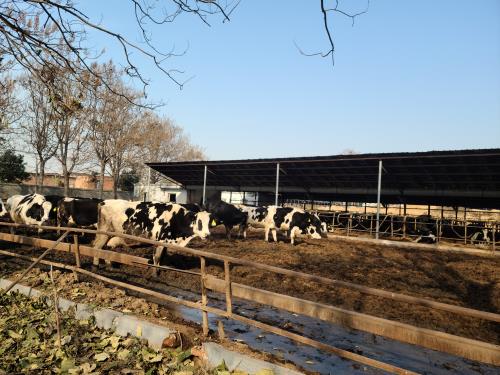The acoustic quantification technology of veterinary B-ultrasound automatically depicts the endocardial contour and displays the temporal variation curve of the cardiac chamber on the basis of unstable backscatter scores of myocardial and blood tissues, thereby achieving real-time quantitative evaluation of a series of cardiac function parameters such as ventricular area and volume.

The veterinary B-ultrasound color ventricular wall transit technology is a further improvement of acoustic quantification technology. It uses automatic edge detection technology for the endocardium and significant color coding to display the same process of endocardial motion at different time phases during the cardiac cycle. It can quantitatively, localize, and display real-time endocardial motion, facilitating semi quantitative and quantitative analysis of the static instantaneous direction and amplitude of abnormal endocardial motion, providing a new technology for analyzing wall motion.
Animal B-ultrasound tissue Doppler imaging technology, combined with Doppler tissue imaging, separates tissues and blood flow imaging with different velocities, and applies Doppler blood flow imaging technology to myocardial imaging to evaluate myocardial motion function.
Animal B-ultrasound myocardial tissue characterization technology is a non-invasive method for detecting subtle pathological changes in myocardial tissue. By detecting and quantifying changes in the physical state of animal myocardium, namely acoustic characteristics, it reflects changes in the structure and function of animal myocardium, in order to identify various normal and pathological tissues and differentiate and analyze them. The traditional acoustic density quantitative analysis method is used to analyze the grayscale grading and distribution of two-dimensional grayscale images of echo signals for tissue characterization. Backscatter integration technique developed by J GMiHer was first proposed and became a research hotspot in the field of organizational characterization in the early 1990s.








